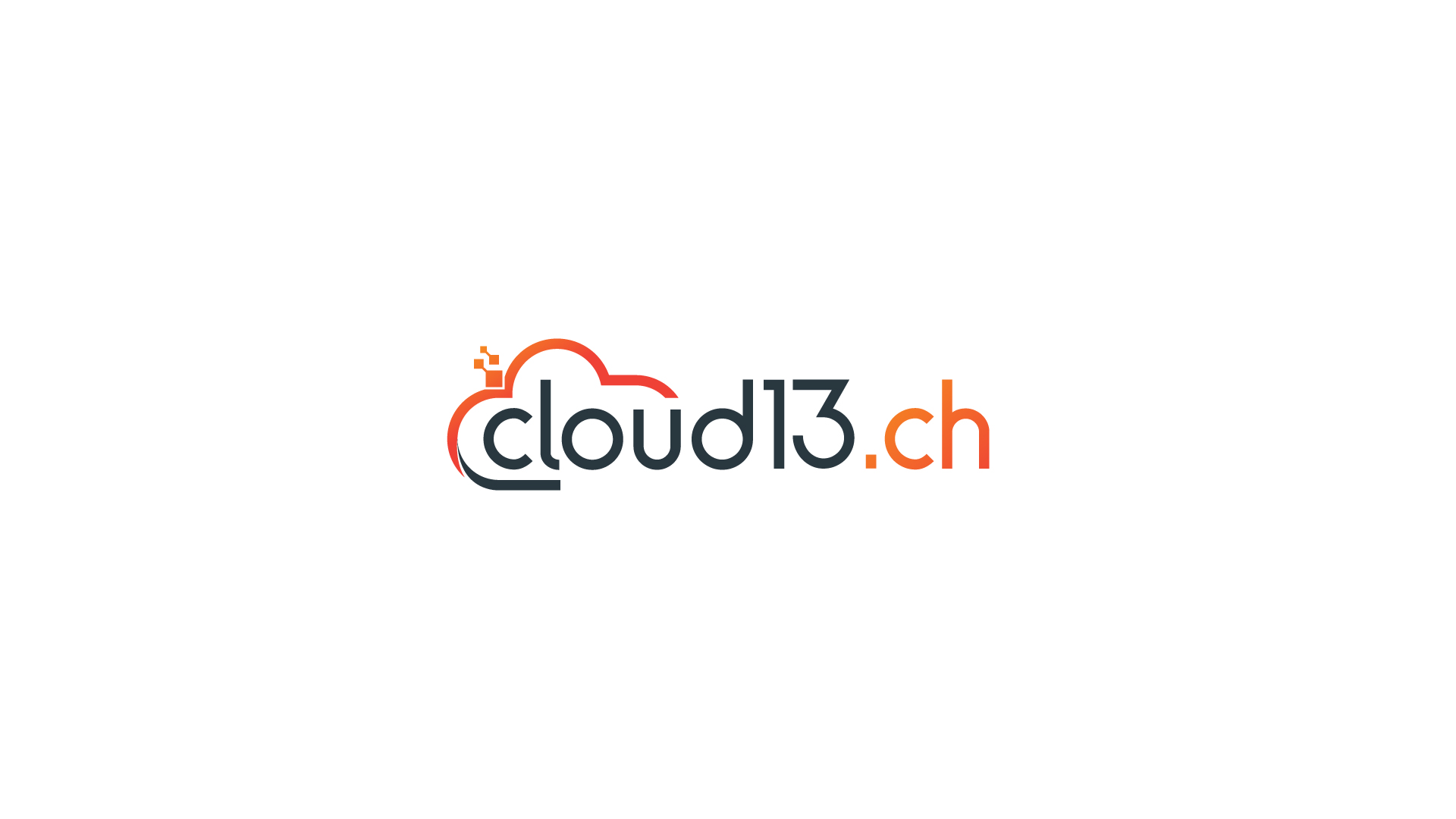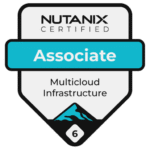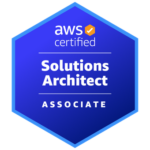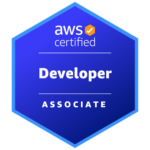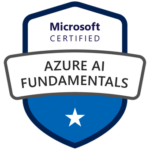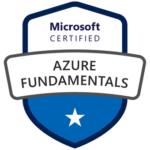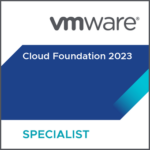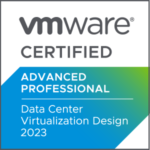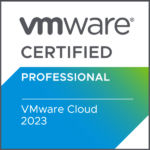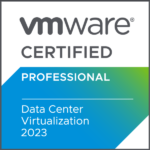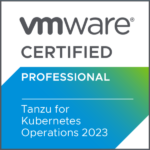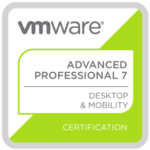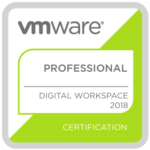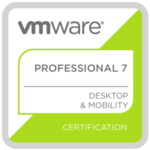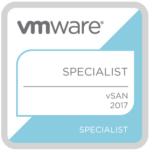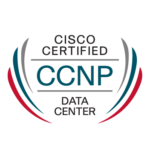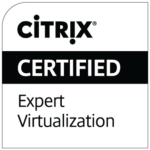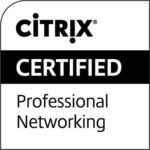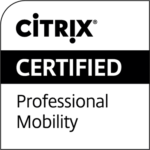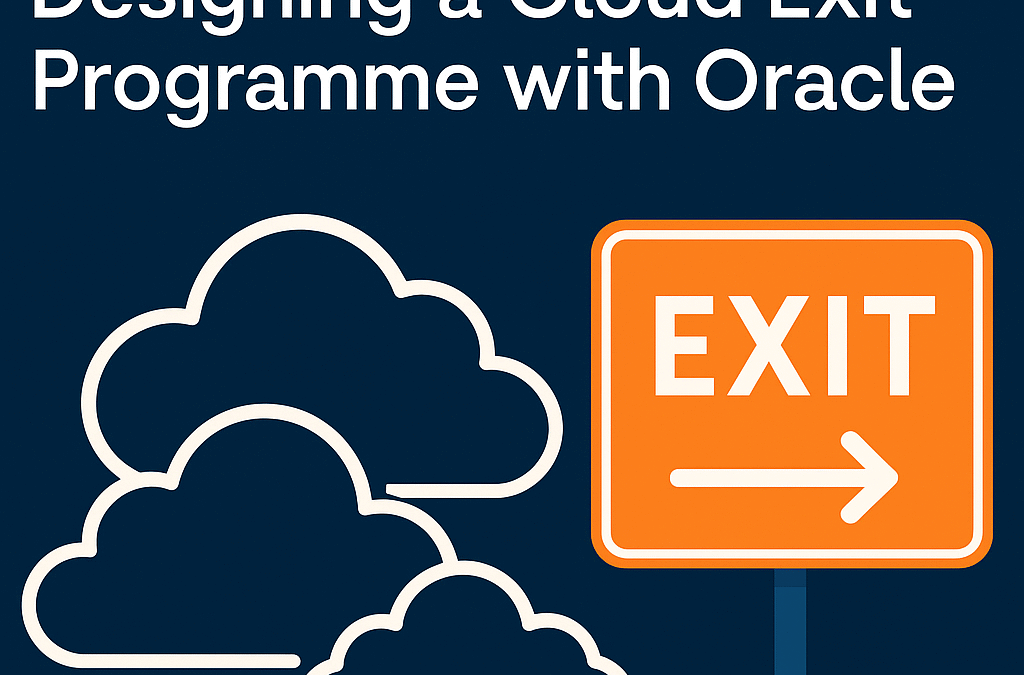
Cloud Exit Triggers – What Happens When the Exit Button Isn’t Optional?
It is becoming clearer by the day: geopolitical realities are forcing CIOs and regulators to revisit their cloud strategy, not just for performance or innovation, but for continuity, legal control, and sovereignty. The past few years have been a story of cloud-first, then cloud-smart, and then about cloud repatriation. The next chapter is about cloud control. And with the growing influence of U.S. legislation like the CLOUD Act, many in Europe’s regulated sectors are starting to ask: what happens when we need to exit?
Now add another layer: what if your cloud provider is still technically and legally subject to a foreign jurisdiction, even when the cloud lives in your own country and your own data centers?
That’s the fundamental tension/question with models like Oracle Alloy (or OCI Dedicated Region), a promising construct that brings full public cloud capabilities into local hands, but with a control plane and infrastructure still operated by Oracle itself. So what if something changes (for example, politically) and you need to exit?
Let’s explore what that exit could look like in practice, and whether Oracle’s broader portfolio provides a path forward for such a scenario.
Local Control – How Far Does Oracle Alloy Really Go?
Oracle Alloy introduces a compelling model for delivering public cloud services with local control. For providers like cloud13 (that’s the fictitious company I am using for this article), this means the full OCI service catalogue can run under the cloud13 brand, with customer relationships, onboarding, and support all handled locally. Critically, the Alloy control plane itself is deployed on-premises in cloud13’s own data center, not remotely managed from an Oracle facility. This on-site architecture ensures that operational control, including provisioning, monitoring, and lifecycle management, remains firmly within Swiss borders.
But while the infrastructure and control plane are physically hosted and operated by cloud13, Oracle still provides and maintains the software stack. The source code, system updates, telemetry architecture, and core service frameworks are still Oracle-owned IP, and subject to Oracle’s global governance and legal obligations.
Please note: Even in disconnected Alloy scenarios, update mechanisms or security patches may require periodic Oracle coordination. Understanding how these touchpoints are logged and audited will be crucial in high-compliance sectors.
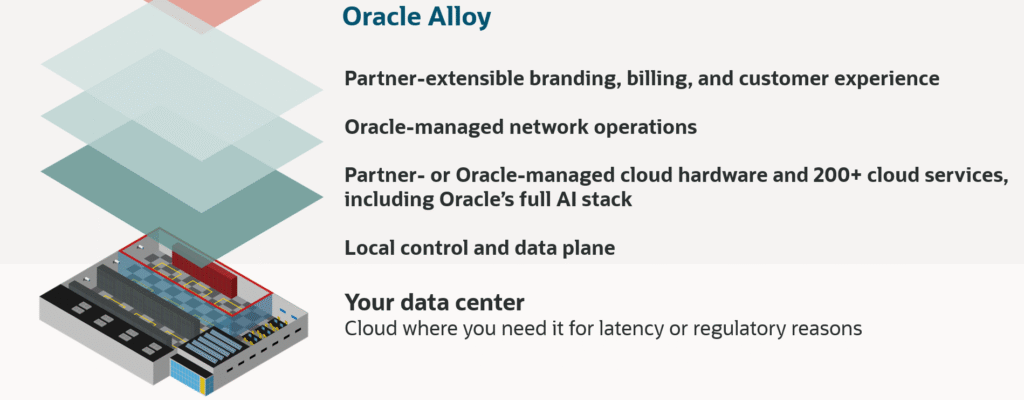
So, while cloud13 ensures data residency, operational proximity, and sovereign service branding, the legal perimeter around the software stack itself may still inherit external jurisdictional influence.
For some sectors, this hybrid control model strikes the right balance. But for others, particularly those anticipating geopolitical triggers (even highly unlikely!) or regulatory shifts, it raises a question: what if you need to exit Alloy entirely?
What a Cloud Exit Really Costs – From Oracle to Anywhere
Let’s be honest and realistic: moving cleanly from Oracle Cloud Infrastructure (OCI) to a hyperscaler like AWS or Azure is anything but simple. OCI’s services are deeply intertwined. If you are running Oracle-native PaaS or database services, you are looking at significant rework – sometimes a full rebuild – to get those workloads running smoothly in a different cloud ecosystem.
On top of that, data egress fees can quickly pile up, and when you add the cost and time of re-certification, adapting security policies, and retraining your teams on new tools, the exit suddenly becomes expensive and drawn out.
That brings us to the critical question: if you are already running workloads in Oracle Alloy, what are your realistic exit paths, especially on-premises?
Going the VMware, Nutanix, or Platform9 route doesn’t solve the problem much either. Sure, they offer a familiar infrastructure layer, but they don’t come close to the breadth of integrated platform services Oracle provides. Every native service dependency you have will need to be rebuilt or replaced.
Then There’s Azure Local and Google Distributed Cloud
Microsoft and Google both offer sovereign cloud variants that come in connected and disconnected flavours.
While Azure Local and Google Distributed Cloud are potential alternatives, they behave much like public cloud platforms. If your workloads already live in Azure or Google Cloud, these services might offer a regulatory bridge. But if you are not already in those ecosystems, and like in our case, are migrating from an Oracle-based platform, you are still facing a full cloud migration.
Yes, that’s rebuilding infrastructure, reconfiguring services, and potentially rearchitecting dozens or even hundreds of applications.
And it’s not just about code. Legacy apps often depend on specific runtimes, custom integrations, or licensed software that doesn’t map easily into a new stack. Even containerised workloads need careful redesign to match new orchestration, security, and networking models. Multiply that across your application estate, and you are no longer talking about a pivot.
You are talking about a multi-year transformation programme.
That’s before you even consider the physical reality. To run such workloads locally, you would need enough data center space (image repatriation or a dual-vendor strategy), power, cooling, network integration, and a team that can operate it all at scale. These alternatives aren’t just expensive to build. They also require a mature operational model and skills that most enterprises simply don’t have ready.
One cloud is already challenging enough. Now, imagine a multi-cloud setup and pressure to migrate.
From Alloy to Oracle Compute Cloud@Customer Isolated – An Exit Without Downtime
Oracle’s architecture allows customers to move their cloud workloads from Alloy into an Oracle Compute Cloud@Customer environment (known as C3I), with minimal disruption. Because these environments use the exact same software stack and APIs as the public OCI cloud, workloads don’t need to be rewritten or restructured. You maintain the same database services, the same networking constructs, and the same automation frameworks.
This makes the transition more of a relocation than a rebuild. Everything stays intact – your code, your security model, your SLAs. The only thing that changes is the control boundary. In the case of C3I, Oracle has no remote access. All infrastructure remains physically isolated, and operational authority rests entirely with the customer.

By contrast, shifting to another public or private cloud requires rebuilding and retesting. And while VMware or similar platforms might accommodate general-purpose workloads, they still lack the cloud experience.
Note: Oracle Compute Cloud@Customer offers OCI’s full IaaS and a subset of PaaS services.
While C3I doesn’t yet deliver the full OCI portfolio, it includes essential services like Oracle Linux, Autonomous Database, Vault, IAM, and Observability & Management, making it viable for most regulated use cases.
Alloy as a Strategic Starting Point
So, should cloud13 even start with Alloy?
That depends on the intended path. For some, Alloy is a fast way to enter the market, leveraging OCI’s full capabilities with local branding and customer intimacy. But it should never be a one-way road. The exit path, no matter what the destination is, must be designed, validated, and ready before geopolitical conditions force a decision.
This isn’t a question of paranoia. It’s good cloud design. You want to have an answer for the regulators. You want to be prepared and feel safe.
The customer experience must remain seamless. And when required, ideally, the workloads must move within the same cloud logic, same automation, and same/some platform services.
Could VMware Be Enough?
For some customers, VMware might remain a logical choice, particularly where traditional applications and operational familiarity dominate. It enables a high degree of portability, and for infrastructure-led workloads, it’s an acceptable solution. But VMware environments lack integrated PaaS. You don’t get Autonomous DB. You get limited monitoring, logging, or modern analytics services. You don’t get out-of-the-box identity federation or application delivery pipelines.
Ultimately, you are buying infrastructure, not a cloud.
The Sovereign Stack – C3I and Exadata Cloud@Customer
That’s why Oracle’s C3I, especially when paired with Exadata Cloud@Customer (ExaCC) or a future isolated variant of it, offers a more complete solution. It delivers the performance, manageability, and sovereignty that today’s regulated industries demand. It lets you operate a true cloud on your own terms – local, isolated, yet fully integrated with Oracle’s broader cloud ecosystem.
C3I may not yet fit every use case. Its scale and deployment model must match customer expectations. But for highly regulated workloads, and especially for organizations planning for long-term legal and geopolitical shifts, it represents the most strategic exit vector available.
Final Thought
Cloud exit should never be a last-minute decision. In an IT landscape where laws, alliances, and risks shift quickly, exit planning is not a sign of failure. It’s considered a mark of maturity!
Oracle’s unique ecosystem, from Alloy to C3I, is one of the few that lets you build with that maturity from day one.
Whether you are planning a sovereign cloud, or are already deep into a regulated workload strategy, now is the time to assess exit options before they are needed. Make exit architecture part of your initial cloud blueprint.
